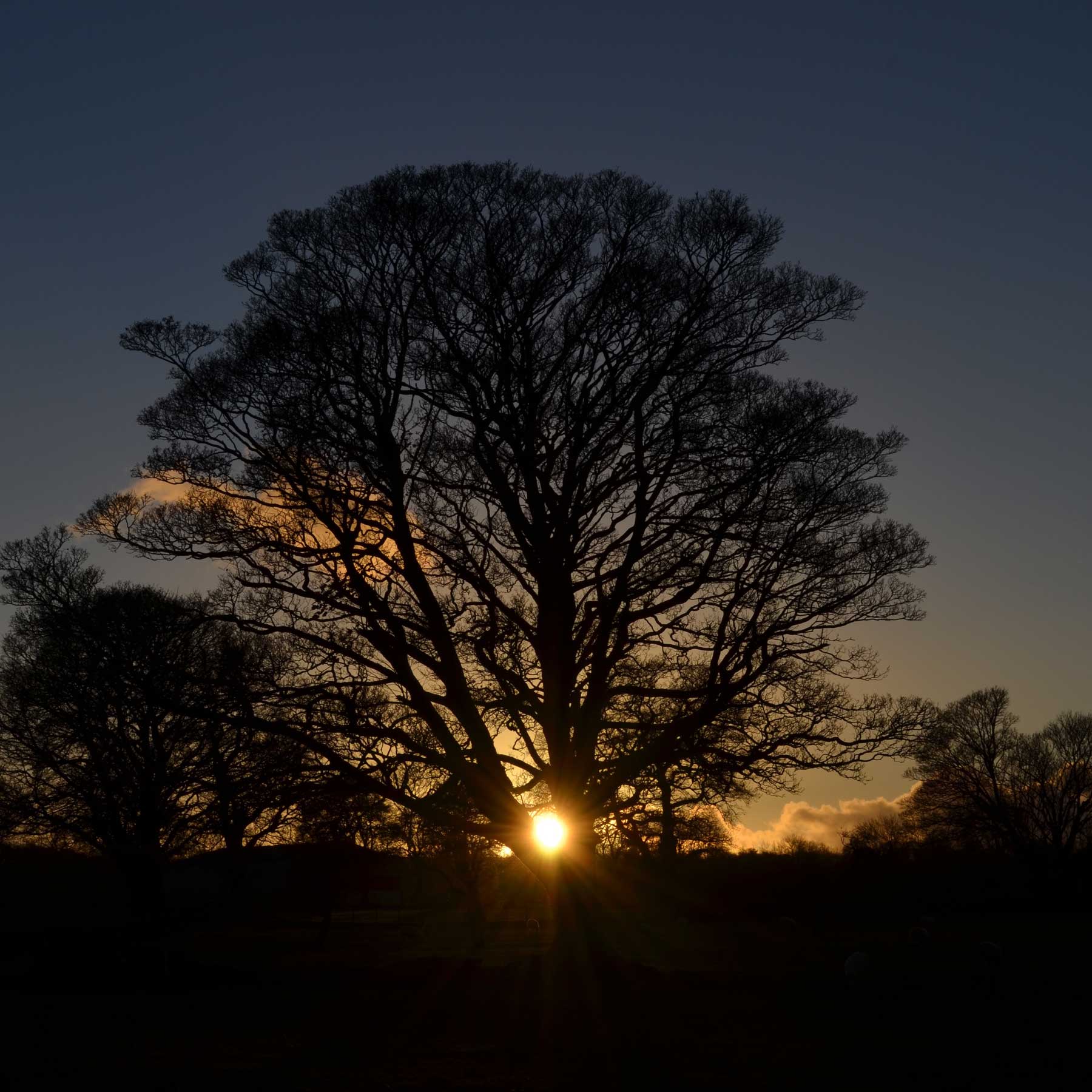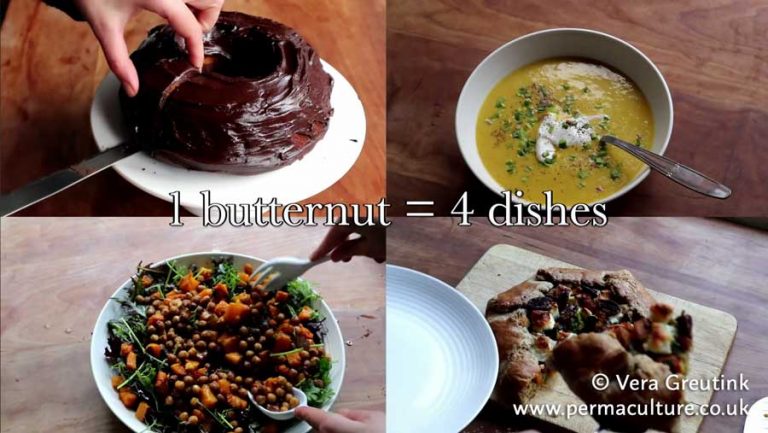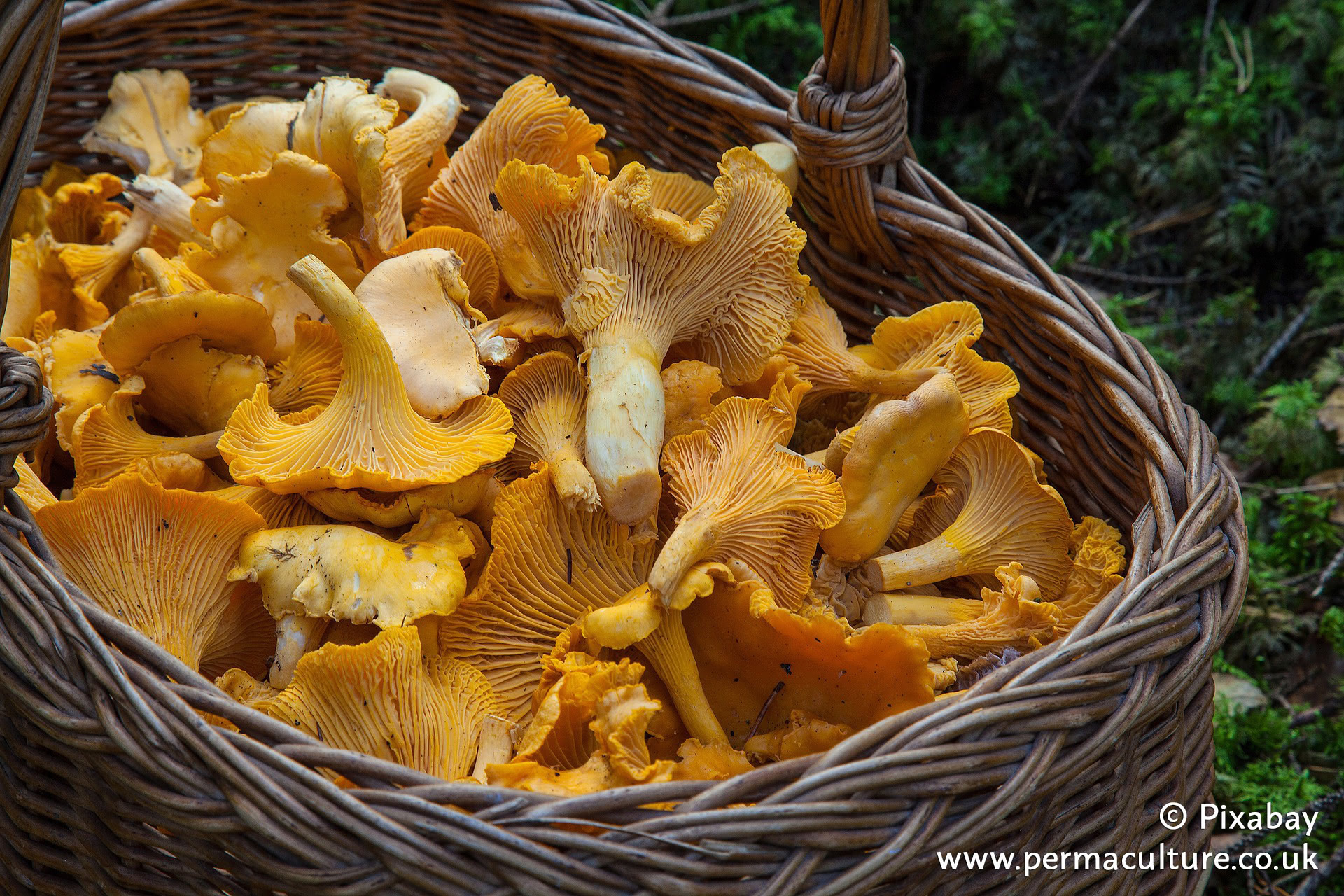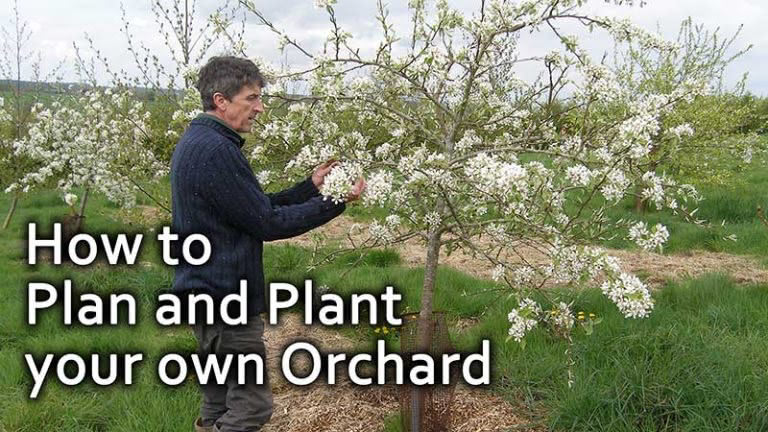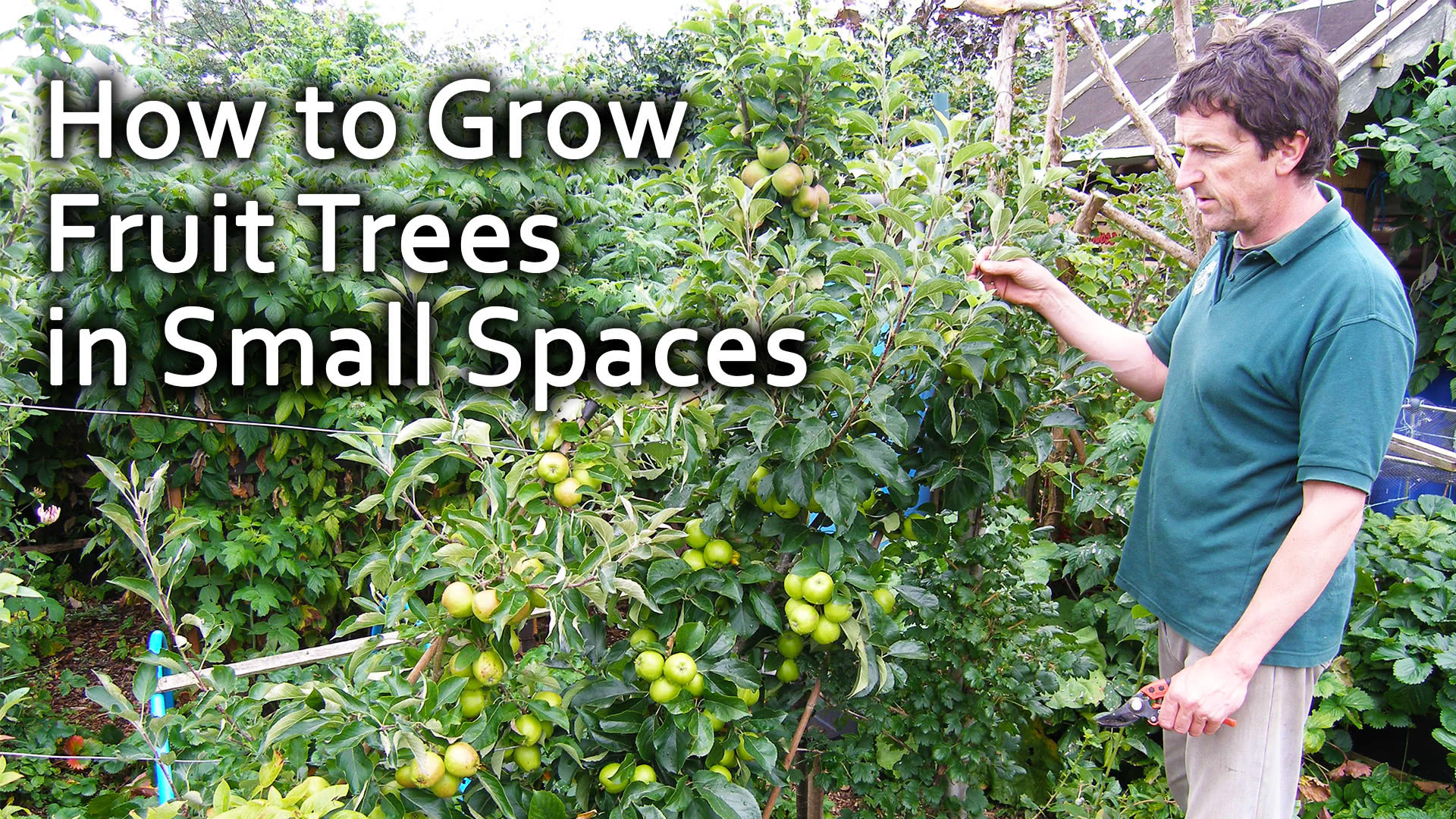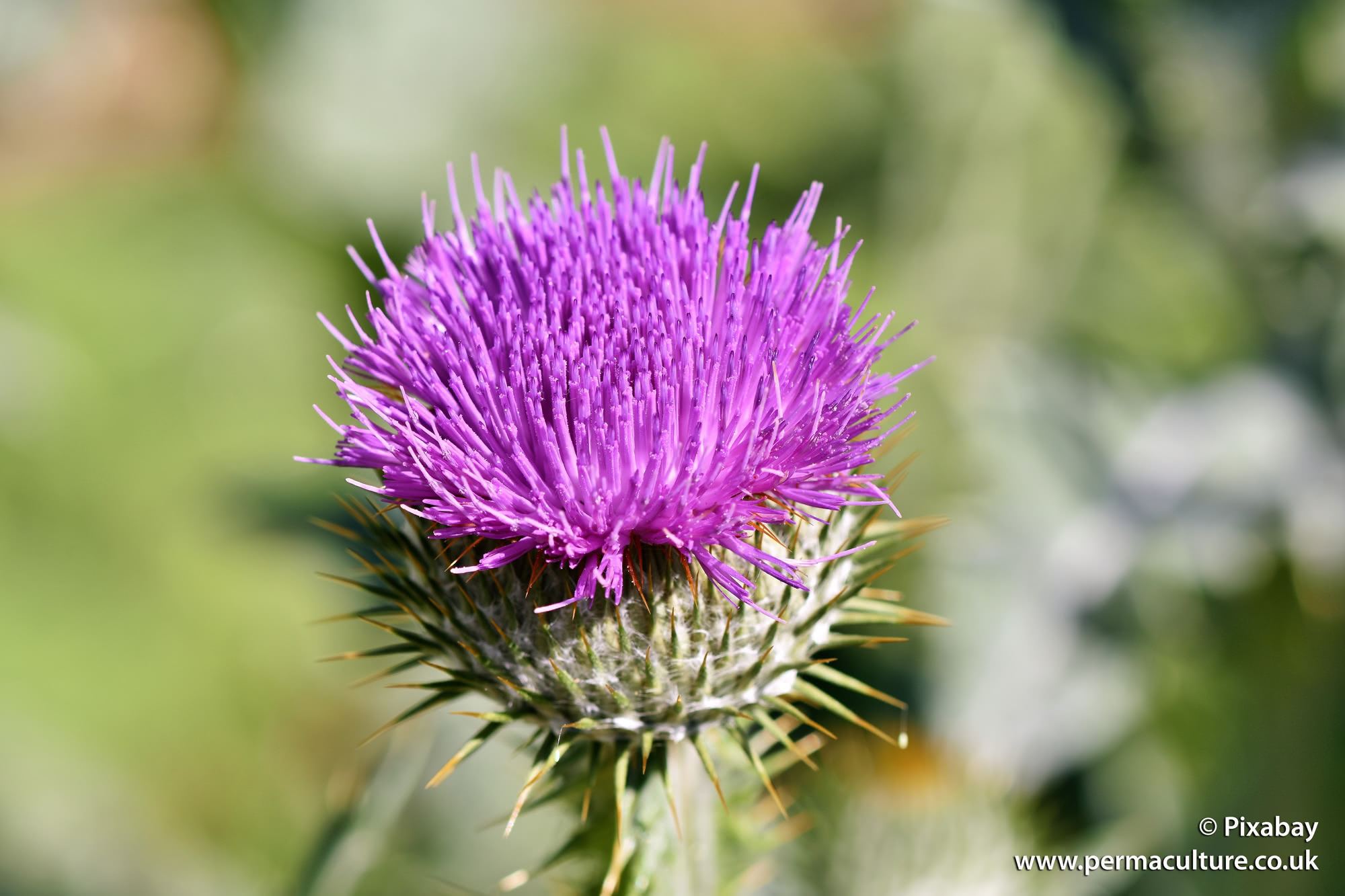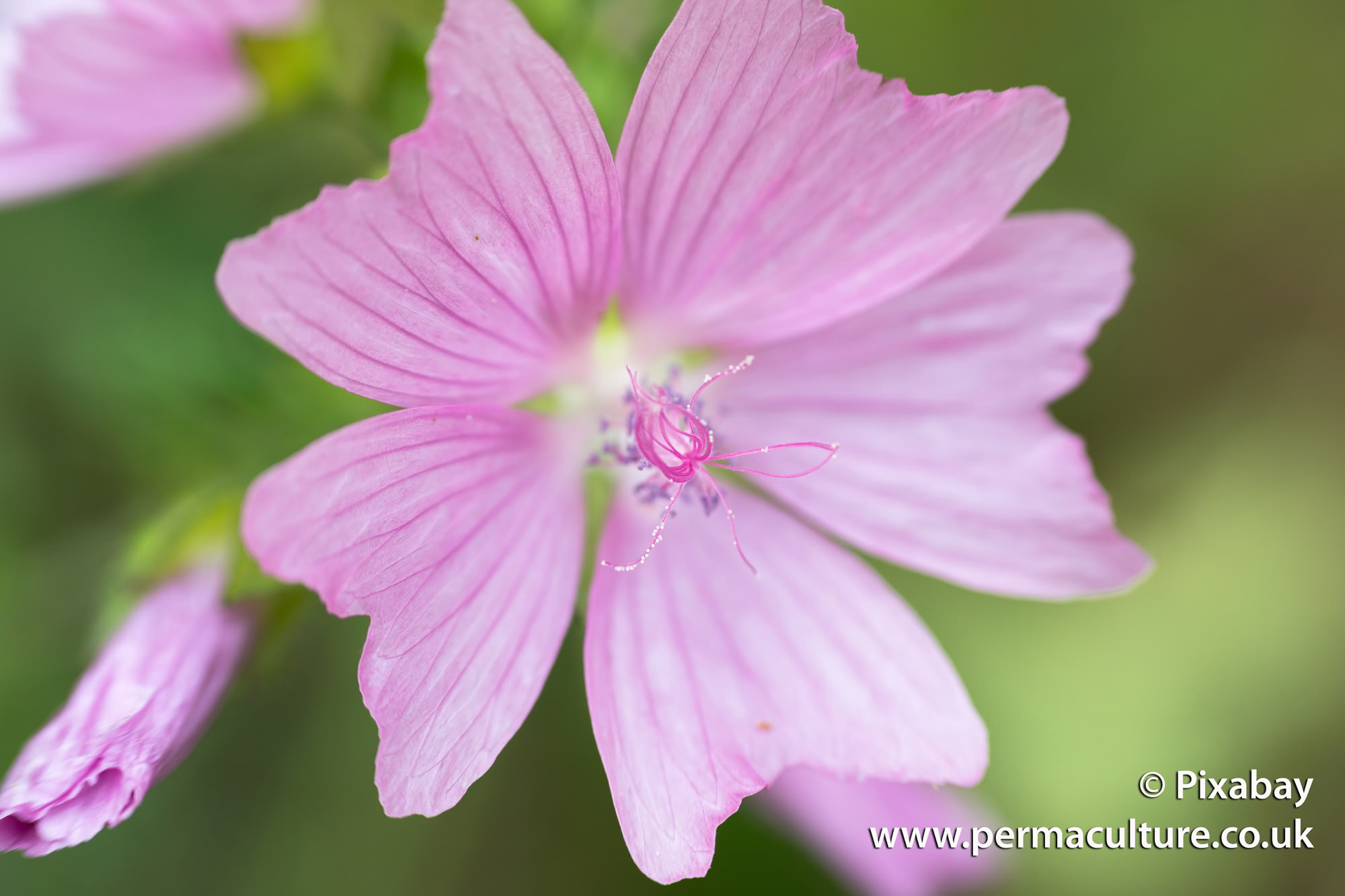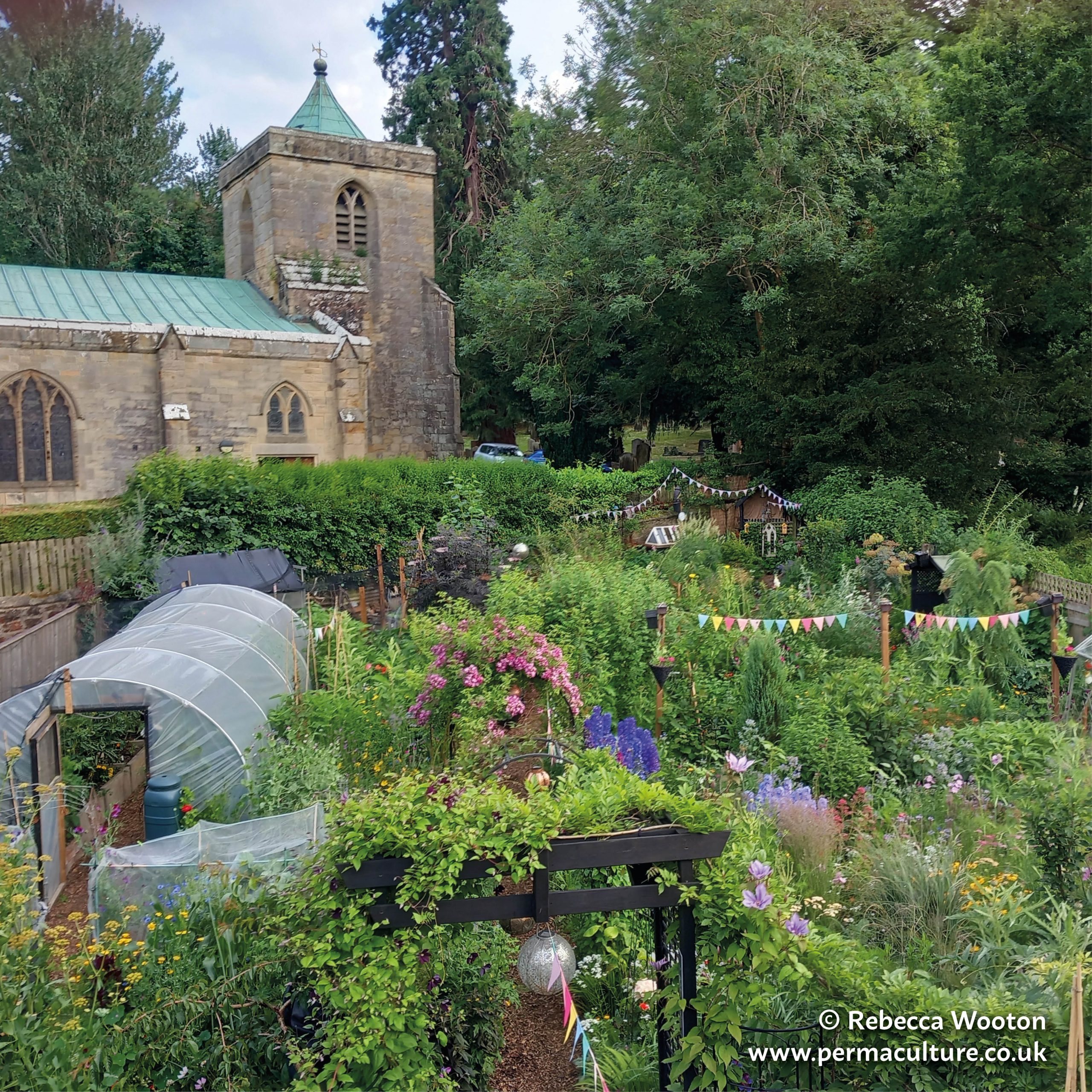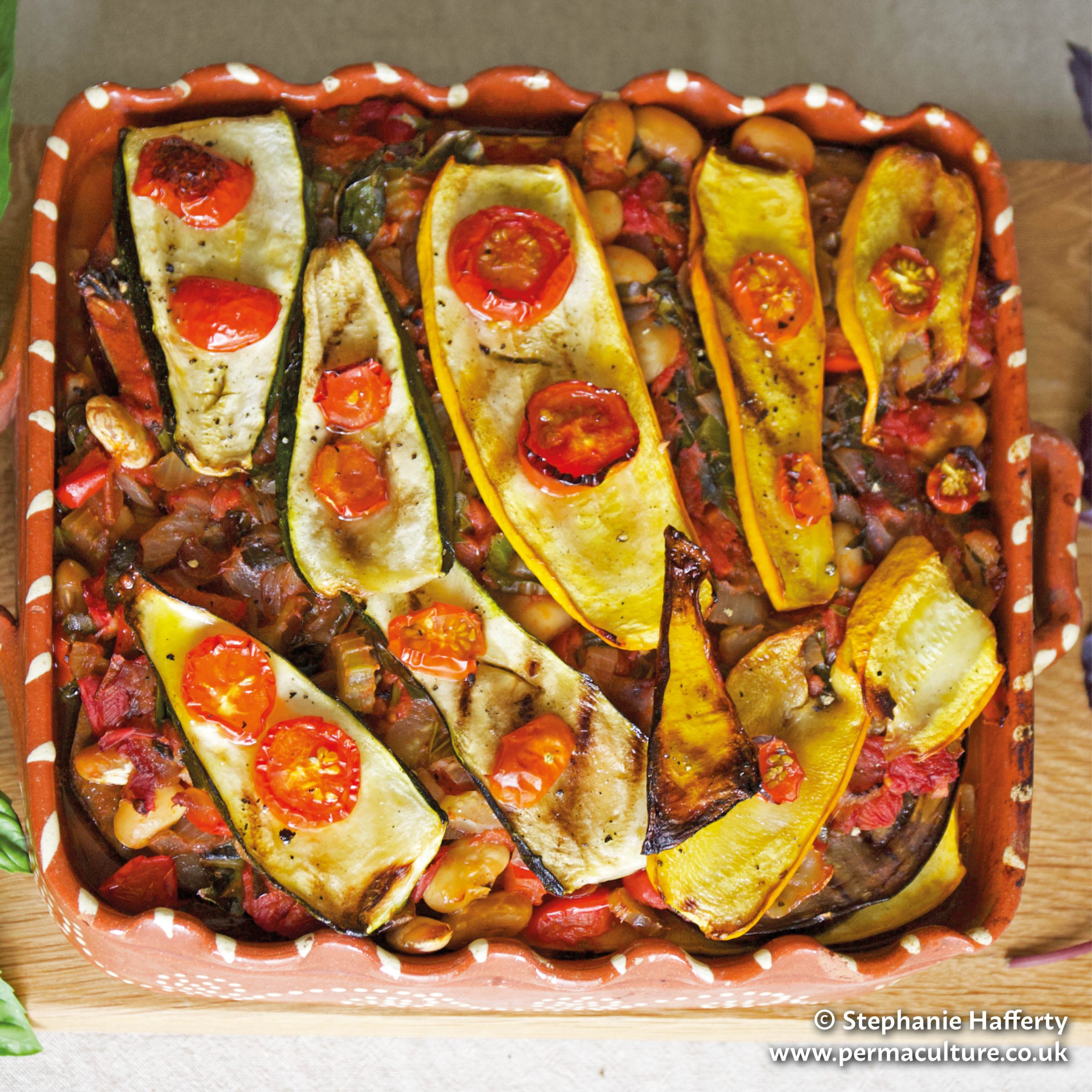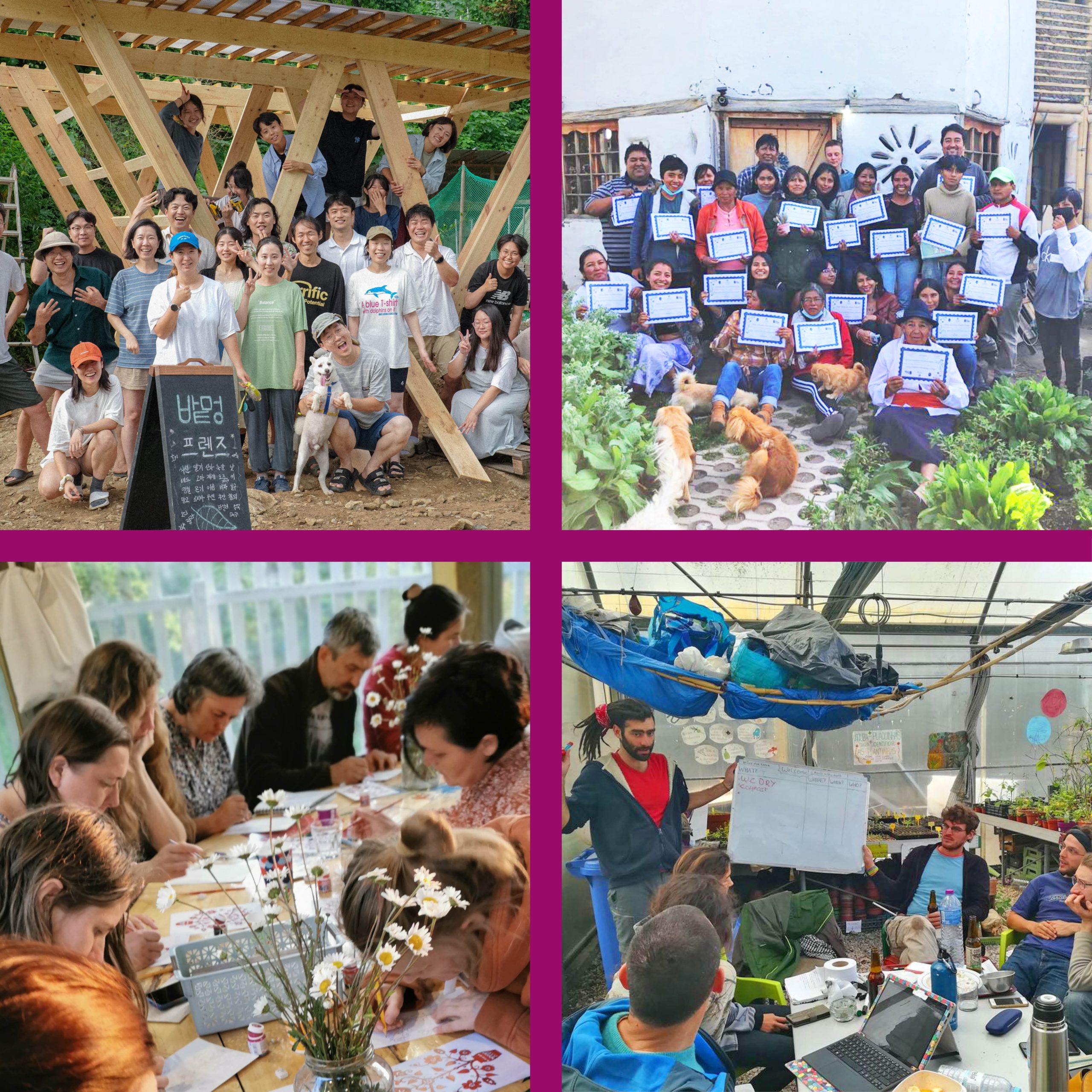The Earth revolves around her axis in one day. The Moon orbits around the Earth in approximately 29 days (a lunar month). The Earth orbits around the Sun in one year. These cycles are the alternating waxing and waning rhythms of Gaia. Understanding their influence and becoming more aware of how their energy affects our lives, enables us to be integrated into their cosmic dance.
As seen from the Earth, the Moon and the Sun appear to be equal in size. The Sun is 400 times larger than the Moon, but it is also 400 times further away from the Earth. At New and Full Moon, the Earth, Moon and Sun are aligned. When the Sun and Moon are diametrically opposite each other, the Moon is full. When the Sun and Moon lie in the same direction, the Moon is new. The Sun and the Moon influence the energy cycles of all life on Earth. The Sun gives us light and warmth in an outward dynamic of manifest energy. The Moon’s reflective qualities distribute this energy during the hours of darkness, bringing receptivity and assimilation.
The celebration of the eight Celtic festivals provides a connection to each phase of the solar year and its season. Within that framework the Moon interweaves its monthly lunar cycle. The Winter and Summer Solstices and the Spring and Autumn Equinoxes are fixed astronomical points in the solar year. Using an astrological diary, you can check the influence the Moon will bring to these celebrations. (See Recommended Reading page 234.)
The four great fire festivals of Imbolc, Beltain, Lammas and Samhain, are not fixed points and can be celebrated when the Moon’s influence most complements the energy of the festival.
The influence of the Moon was recognised and honoured by the earliest people, who noticed that the approximate 29-day cycle of the Moon’s phases corresponded to women’s menstrual cycles. The Moon became feminine and was personified as the Triple Moon Goddess whose unfolding cyclic phases from new to full to dark was understood as part of the cosmology and pattern of the web of life and death, representing the three great cycles of birth, maturity, death and rebirth. The Moon’s aspects were personified as the Maid, emerging New Moon Goddess; the Mother, abundant provider and Full Moon Goddess; and the Crone, wise woman, guardian of the inner realms, the Dark Moon Goddess.
The Moon is the closest celestial body to the Earth and its force of gravity is so powerful, it pulls on the oceans, causing two high tides a day. This same influence affects all the fluids on the Earth, including the underground waters, the circulation of our body fluids, the ovulation cycle, the growth patterns of plants, and the migration patterns of birds.
The Moon also influences the watery nature of our unconsciousness, our emotions, our moods, feelings and perceptions. She is reflector and shadow, and the cycles of her three aspects influence us more deeply than most of us are aware. Keep a Moon diary and watch how closely your patterns are connected to the Moon’s outward and inward flow. The alternating waxing and waning of the Moon’s cycles when understood, can enhance and balance the way we choose to live our lives.
New Moon
The Sun and the Moon rise together in the East. The Moon is invisible because it is hidden by the Sun’s brightness. The New Moon is sacred to the Maid aspect of the Triple Moon Goddess, bringing inspiration and intuition. It is like a new seed, full of potential and energy. This is the time for new beginnings, the time to begin new projects, take new directions, make new resolutions. It is the best time for invocation and speaking out your intent. The New Moon rises at sunrise and sets at sunset.
Waxing Crescent Moon
The Moon rises mid morning and sets after sunset. She can be seen in the western sky in the late afternoon. The rising waxing energy of the Moon brings growth to all ideas and plans. In nature, foliage, fruit and seeds develop when the Moon is waxing.
Waxing Half Moon (First Quarter)
The Moon rises about midday and sets about midnight. She can be seen from soon after she rises until she sets. This is a period of growth and activity on all levels.
Gibbous Moon
Visible soon after she rises just before sunset, to when she sets just before dawn. From here to Full Moon, make the most of her abundant waxing energy. It is a time of activity and expressing yourself through your feelings.
Full Moon
Rising at sunset and setting at sunrise the Moon is visible throughout the night. The Sun and Moon are opposite each other in the sky and the Moon is reflecting all of the Sun’s light. This is the time for celebration and outward expression. It brings change, revelation and emotional peaks. Sacred to the Mother aspect of the Triple Moon Goddess, it brings abundance and the blending of Spirit and Matter. This is the peak of psychic power and heightened energy, sometimes causing us to feel unbalanced and crazy (lunatic). This is the time of culmination, fruition, and completion. The Moon is so bright she can light the night and cast Moon shadows. This brings a period of increased light that is sufficient to assist photosynthesis in plants, and thereby increases growth.
Disseminating Moon (Waning Full Moon)
The Moon now begins to wane. She rises mid-evening and sets mid-morning (one hour later after sunset each night). The waning Moon brings self-assessment, looking within, and reflection. In nature, the waning Moon cycle promotes root development. She is visible from the time she rises until she sets.
Waning Half Moon (Last Quarter)
The Moon rises around midnight and sets around mid-day, and is visible from when she rises to when she sets. The Moon continues to wane, bringing inner reflection, transformation and change.
Balsamic Moon (Waning Crescent Moon)
The Moon rises before dawn and sets mid-afternoon. This is the very last sliver of Moon seen in the eastern sky in the early morning. The waning Moon is sacred to the Crone or wise woman aspect of the Triple Moon Goddess, bringing inner wisdom and entry into the dark inner mysteries and knowledge. This is the time for banishing rituals, to let go of things no longer helpful to you, to break psychic links.
The Dark of the Moon
The Moon is said to be dark for three days before the New Moon when it has waned so far that it is no longer visible in the sky. The Dark Moon brings a deeper understanding of our journey and guidance from within. It is a time for quiet inward reflection, assimilation, for learning from our experience, and preparing for the new cycle by seeking out new intentions to take you forward.
This is a place to sit outside especially at the Full Moon and at the New Moon. It need only be a small area but with planning and intent, it will become a very special place in your garden for contemplation and meditation and to sit outside under the stars.
It needs to be a sheltered spot, but as the Moon’s place in the sky changes throughout the year and the night, it also needs to be open to the sky, possibly raised. A small seat or stone in each of the four directions will help your orientation to the Moon’s place in the sky. A large flat stone in the centre can be used to put special things on, and as a place to put crystals to charge in the moonlight. Place a mirror face upwards at Full Moon. Place a glass bowl filled with spring water on the mirror and let it stand out all night under the Full Moon. In the morning add a quarter to half part brandy to your Moon water to preserve it. Take drops as needed to invoke Full Moon qualities. Plant white flowers, scented night flowers, aromatic herbs and plants associated with the Moon.
More on how to use Nature’s cycles can be found in Glennie Kindred’s Sacred Earth Celebrations, of which this article is an extract.
More from Glennie:
Glennie Kindred is the author of twelve books on Earth wisdom, native plants and trees and celebrating the Earth’s cycles, and is a highly respected teacher and much loved expert on natural lore and Earth traditions.
